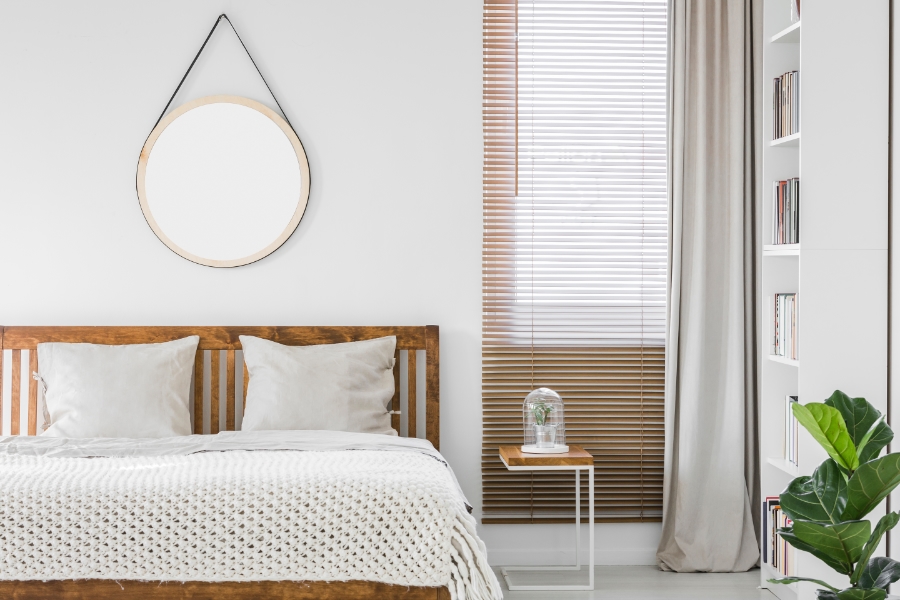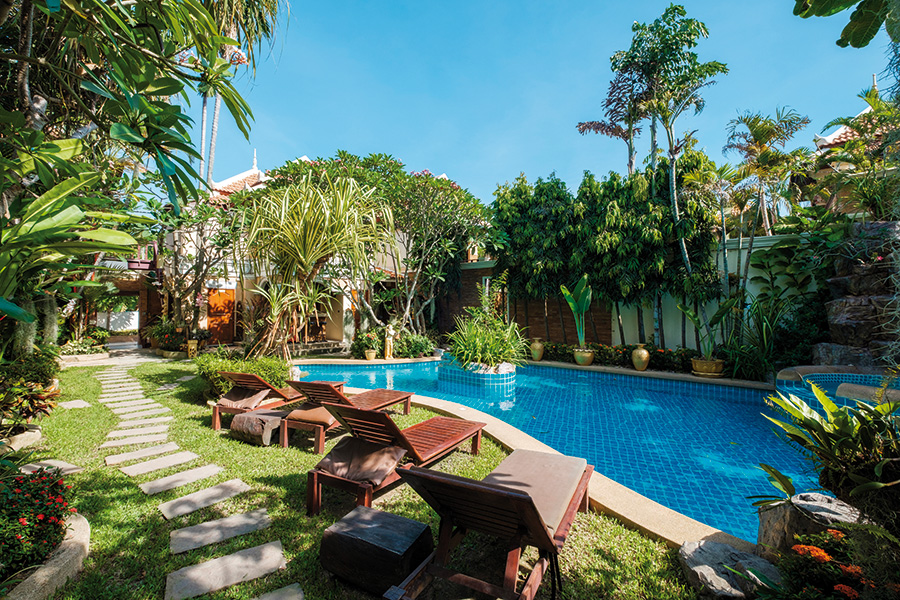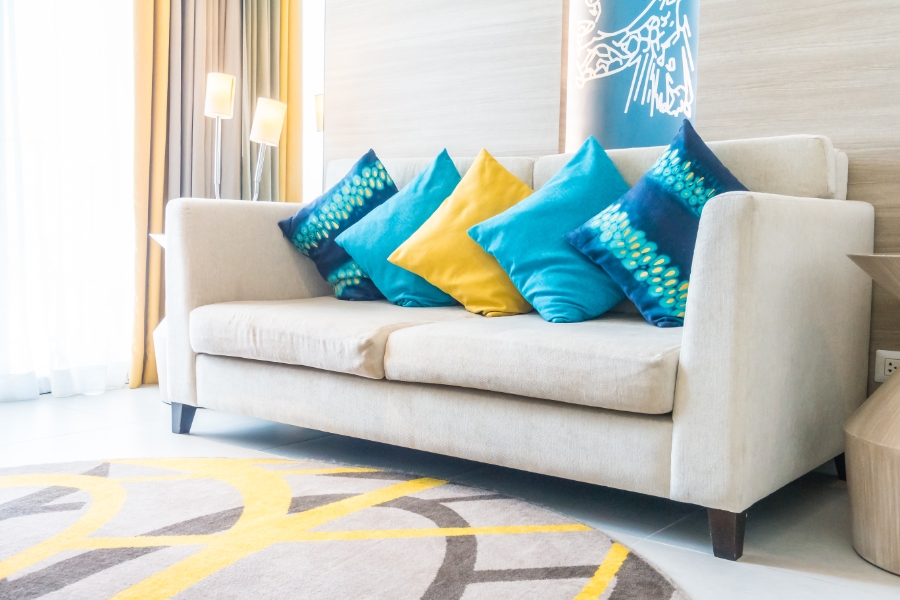Legal & Real Estate
Home, Garden & Decoration
Global Topics
Inside Ibiza
Health & Wellness
Ibiza Optimista
Published in Ibicasa Magazine on 15/04/2024
Colour

Light

Interior design seeks to create spaces that are both beautiful and functional
Form/Shapes
Line

Pattern
Texture

Space
Related Articles

Curtains Beautify Your Home
Interior designers know the pivotal role curtains play in home decor. Beyond aesthetics, curtains frame windows, creating a cozy atmosphere. Dating back to the 18th and 19t... READ MORE
Interior designers know the pivotal role curtains play in home decor. Beyond aesthetics, curtains frame windows, creating a cozy atmosphere. Dating back to the 18th and 19th centuries, they've evolved with diverse fabrics and patterns. Choosing curtains is a final touch, yet sets the tone for a r... READ MORE

Preparing Your Garden & Pool for Spring
Spring in Ibiza brings the joy of nature's beauty, from vibrant gardens to refreshed outdoor spaces. Expert advice on plant selection and furniture maintenance ensures a pe... READ MORE
Spring in Ibiza brings the joy of nature's beauty, from vibrant gardens to refreshed outdoor spaces. Expert advice on plant selection and furniture maintenance ensures a personalized oasis. Enhance your outdoor experience with water features and pool care for a perfect spring retreat. Let your ga... READ MORE

Enlivening Your Home with Cushions
Interior designer Susanne Schmidt emphasizes the significance of cushions and blankets in any decor scheme. Pillows, being incredibly versatile, come in various fabrics, sh... READ MORE
Interior designer Susanne Schmidt emphasizes the significance of cushions and blankets in any decor scheme. Pillows, being incredibly versatile, come in various fabrics, shapes, sizes, and fillings. From basic decorative cushions to large bolsters, there's an array to meet every requirement and c... READ MORE
.jpg?locale=en)
Hepburn Designs - Creating the Kitchen ...
The kitchen is the heart and soul of your home. It is the place where the family gathers and guests converge, so it needs to function on many levels. I have designed hundre... READ MORE
The kitchen is the heart and soul of your home. It is the place where the family gathers and guests converge, so it needs to function on many levels. I have designed hundreds of kitchens in my career as an interior designer, and am delighted to share with you some of the things I have learned alo... READ MORE
© Copyright 2024
Ibicasa Home and Services.